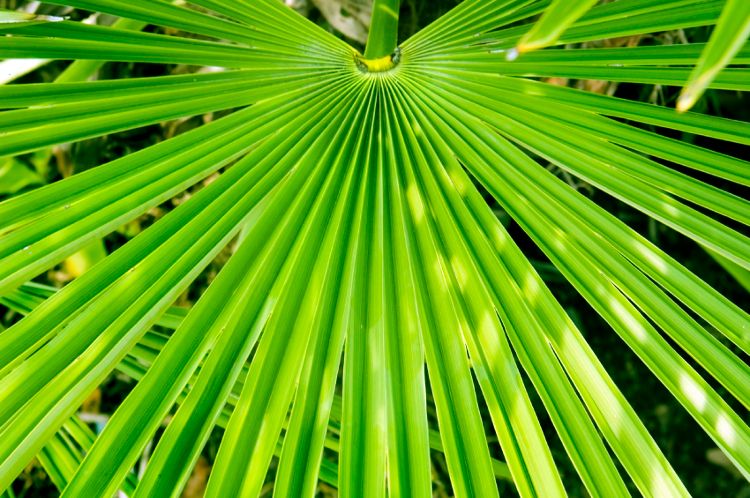Lab guidance document evaluates analytical methods to test for adulteration of saw palmetto
ABC-AHP-NCNPR Botanical Adulterants Prevention Program (BAPP) has released a new laboratory guidance document on saw palmetto extract that evaluates the usefulness of 34 published analytical methods to detect saw palmetto berry and berry extract adulteration.
Photo © iStockphoto.com

ABC-AHP-NCNPR Botanical Adulterants Prevention Program (BAPP) has released a new laboratory guidance document on saw palmetto extract that evaluates the usefulness of 34 published analytical methods to detect saw palmetto berry and berry extract adulteration. A popular men’s health ingredient, saw palmetto has been known to support prostate health, even shown in clinical trials to alleviate symptoms of benign prostatic hyperplasia. However, because of poor harvests between 2016 and 2018, and possibly the introduction of new permitting requirements by the Florida Department of Agriculture and Consumer Services, supply cannot keep up with demand.
Because of this, prices have risen substantially, leading to adulteration in the marketplace. Most commonly, saw palmetto extracts are diluted or completely substituted with vegetable oils or designer fatty acid blends from plant or animal sources in an attempt to mimic saw palmetto’s fatty acid composition. Routine measures such as gas chromatography for fatty acids may therefore not be suitable if the only measure is total fatty acid content. The lab guidance suggests a combination of organoleptic (color, taste, etc.) inspection of the liquid, determination of the acid value (pH), and GC for measuring fatty acid, fatty alcohol, and phytosterol profiles to provide a more robust approach to ensure saw palmetto extract authenticity.
For example, according to the document, “Saw palmetto berries are initially sweet, then pungent, acrid, and saponaceous. The aroma is strongly aromatic and foul, reminiscent of foul-smelling socks.” Therefore, should an extract be missing these organoleptic hallmarks, it is more than likely adulterated. However, fraudulent suppliers are getting more sophisticated.
“Complete substitution of saw palmetto with vegetable oils is readily detected by organoleptic and chemical assays. However, fraudulent suppliers have become increasingly sophisticated in producing low-cost materials that are chemically similar to authentic saw palmetto,” explains the lab guidance document’s author Stefan Gafner, PhD, chief science officer of the American Botanical Council (ABC) and technical director of BAPP, in a press release. “Therefore, a set of methods is now needed to determine if an extract labeled to be saw palmetto is actually authentic.”
“There appears to be no depth to how low some fraudsters in the global botanical extract market are willing to go to make an illicit profit. For years we’ve known that some unethical ingredient suppliers have been selling fraudulent ‘saw palmetto’ extracts containing lower-cost oils from other plants. And recently, reports have been published in reputable medicinal plant journals that fraudsters have begun to add fatty acids produced from animal fats to so-called ‘saw palmetto’ extracts,” adds Mark Blumenthal, ABC founder and executive director, and BAPP founder and director. “This is not only unfair to consumers but also to the reputable companies that produce and market authentic, reliable saw palmetto ingredients and products made from them.”